Alternative Space Loop (대안공간 루프)
5.3Km 2025-05-14
Wausan-ro 29-nagil 20, Mapo-gu, Seúl.
Alternativa Space Loop es una galería inaugurada en febrero de 1999 y forma parte de los Espacios Alternativos. Los Espacios Alternativos ofrecen salas de exposición a nuevos artistas con perspectivas a futuro y los apoya en asuntos relacionados con sus obras y son emprendimientos sin ánimo de lucro. Actualmente, son patrocinados por el Ministerio de Cultura y Turismo y la Agencia de Fomento de Cultura y Arte de Corea. Alternative Space Loop ha organizado cada año decenas de exposiciones y espectáculos. Asimismo, ha realizado actividades de intercambio internacional, participando en eventos como el Bienal de Tirana. Fue invitado como uno de los Espacios Alternativos para el Bienal de Gwangju 2002.
Museo de Arte Sungkok (성곡미술관)
5.3Km 2021-02-03
Gyeonghuigung-gil 42, Jongno-gu, Seúl.
+82-2-737-7650
El museo fue inaugurado en el año 1995 en homenaje al maestro Kim Sung-kok, fundador de la compañía Ssangyong. Es una institución pública, cuya finalidad es estructurar el servicio de bienestar social por medio del arte y la cultura. La exposición está enfocada a las obras artísticas que interpretan y reflejan la tradición, las costumbres y el color folclórico de Corea, en un entorno moderno. Más allá de las exhibiciones, también apoya a los nuevos artistas, por medio de proyectos como el “Concurso Artístico de Sungkok”, y el “Artista del Futuro”. Está compuesto por el edificio principal, el edificio anexo y un parque de esculturas. También dispone de una cafetería y una tienda de artículos artísticos.
Granhand Seochon (그랑핸드 서촌)
5.3Km 2024-01-30
Jahamun-ro 4-gil 14-2, Jongno-gu, Seúl
Museo de Arte Daelim (대림미술관)
5.3Km 2025-04-18
Jahamun-ro-4-gil 21, Jongno-gu, Seúl.
Es un museo de arte correspondiente a la firma Daelim, fundada originalmente en Daejeon en el año 1996, pero en 2002 se ha trasladado al distrito de Jongno, Seúl. Se dedica al estudio y análisis del arte contemporáneo mediante la fotografía, motivo por el cual las obras exhibidas son piezas fotográficas. También cumple la función de fomentar y respaldar a los artistas principiantes para que puedan ejercer su oficio y contribuir para la nueva eclosión cultural y artística. El edificio del museo se encuentra ubicado en la cercanía del palacio Gyeongbokgung. El diseño arquitectónico lo ha realizado el francés Vincent Cornu, y de la construcción se ha encargado la compañía Daelim. El piso 1 está compuesto por el jardín, estacionamiento, sala de recepción, depósito, sala de reunión, etc., y, en los pisos 2 y 3 están las enormes salas de exposición y oficina, y finalmente en el piso 4 encontrará un seminario con capacidad para 120 personas y un balcón desde donde se observa un paisaje hermoso. Una de las peculiaridades resaltantes de este museo es que fue diseñado teniendo en consideración la temperatura, la humedad y el reflejo de luz que deben tener las obras.
Love Museum (서울 홍대 러브뮤지엄)
5.4Km 2021-02-18
Hongik-ro 3-gil 20, Mapo-gu, Seúl
El Love Museum (Museo de Amor, en español) está situado en el área de la Universidad Hongik, que es la zona popular entre los jóvenes coreanos. El museo, cuyo tema principal es el amor y sexo, incluye varias obras artísticas alusivas. Este lugar no es solo una exhibición normal, sino que permite a los visitantes experimentar la magia fantástica entre el eroticismo y el arte de manera interesante.
El Love Museum tiene seis galerías temáticas desde el antiguo arte erótico de la dinastía Joseon hasta pinturas y esculturas contemporáneas. Todos los visitantes pueden interatuar con las exhibiciones, tocando o sacando fotos. Es un destino ideal para visitantes de todo el mundo que quieran apreciar el lado excitante del amor y sexo.
M Playground - Hongdae Branch (엠플레이그라운드 홍대본점)
5.4Km 2024-09-10
94 Eoulmadang-ro, Mapo-gu, Seoul
Circuito de Ciclismo del Parque Nanji del Río Hangang (난지한강공원 MTB코스장)
5.4Km 2024-06-21
Hangangnanji-ro 162, Mapo-gu, Seúl
Situado dentro del Parque Nanji del Río Hangang, este circuito de ciclismo es ideal tanto para deportistas profesionales como para niños y jóvenes que no estén muy familiarizados con las actividades de montaña. De 4 m de ancho y de 450 m de largo, la ruta representa exactamente las irregularidades de una montaña.
Festival del Día de la Juventud de Corea (대한민국 청년의 날 축제)
5.4Km 2025-09-15
Daehak-ro 104, Jongno-gu, Seúl
02-780-3939
Teatro de NANTA en Hongdae (홍대난타극장)
5.4Km 2025-07-17
Yanghwa-ro 16-gil 29, Mapo-gu, Seúl
El espectáculo no verbal NANTA tiene su sala de intepretación de uso exclusivo en la zona de Hongdae, Seúl.
Parque Nanji del Río Hangang (난지한강공원)
5.4Km 2024-06-21
Hangangnanji-ro 162, Mapo-gu, Seúl
Es un parque multifuncional, ya que consta de actividades acuáticas, pantanos y un ambiente natural muy hermoso que purifica el aire del entorno. En el área más alta del parque se encuentran la zona del campamento, el desembarcadero y la plaza. El área central está formada por los campos verdes, y la zona baja la ocupa el pantano.
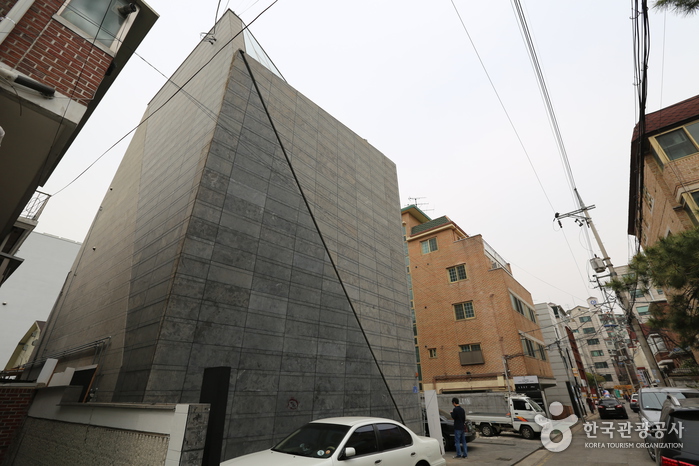
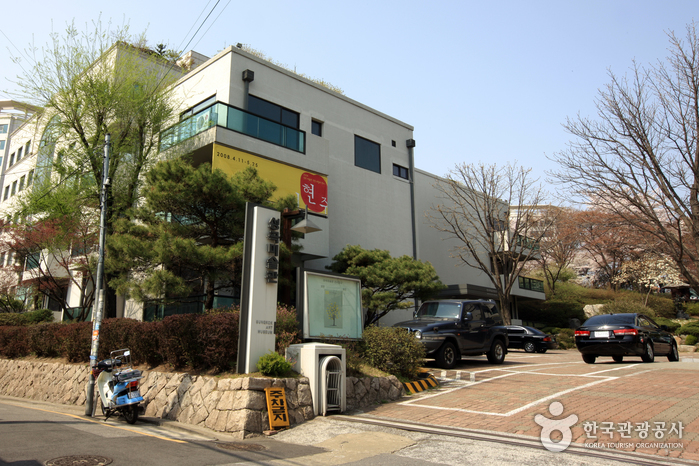
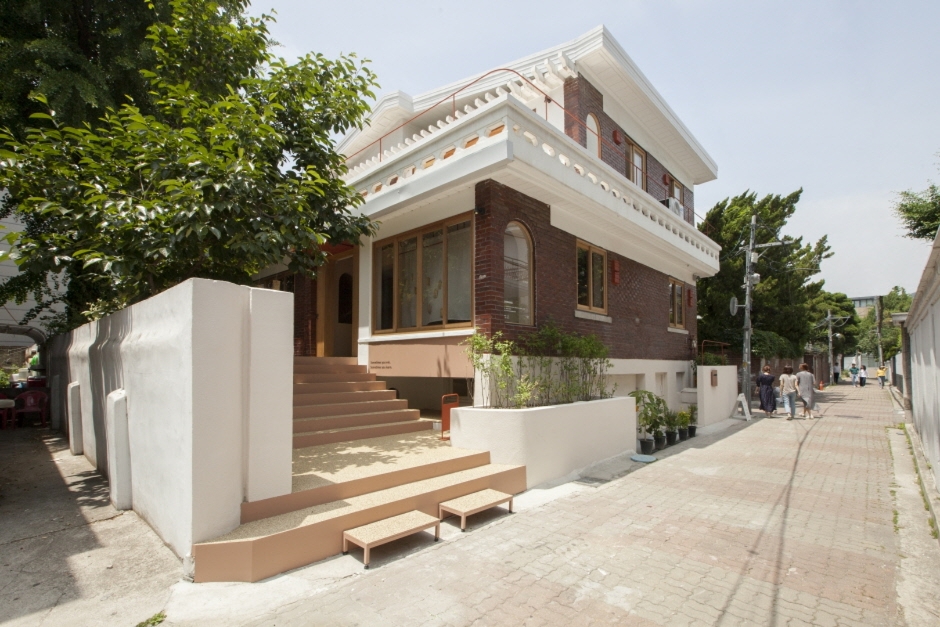
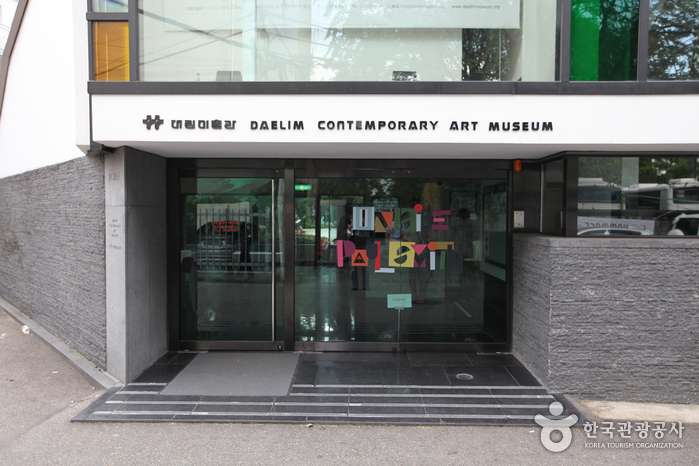
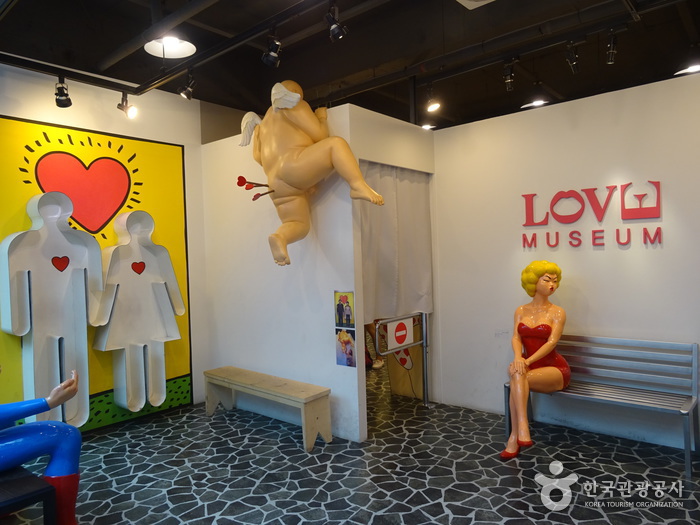
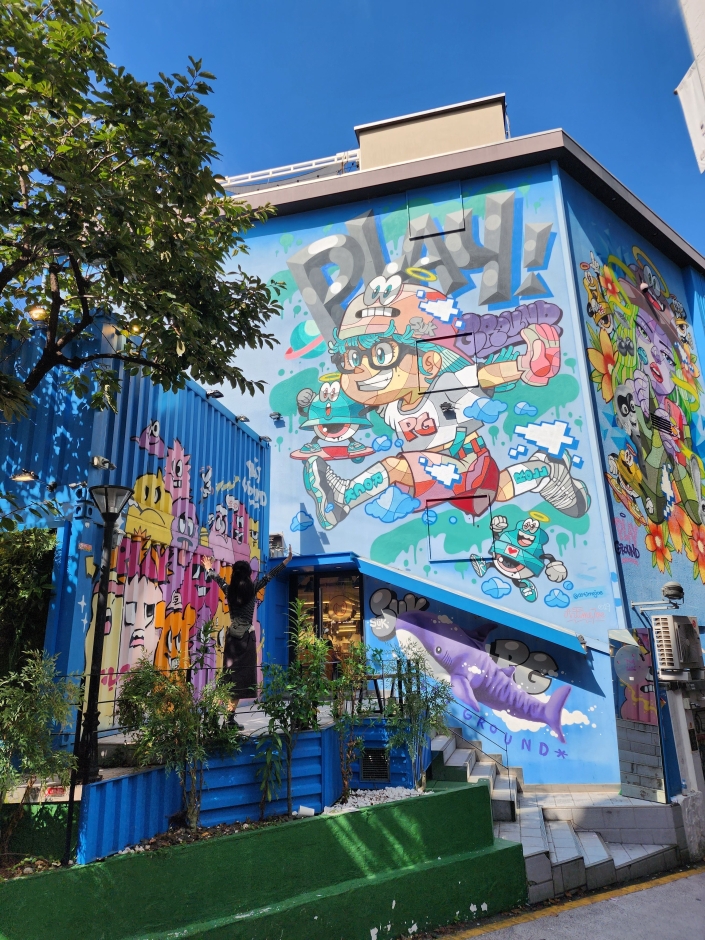
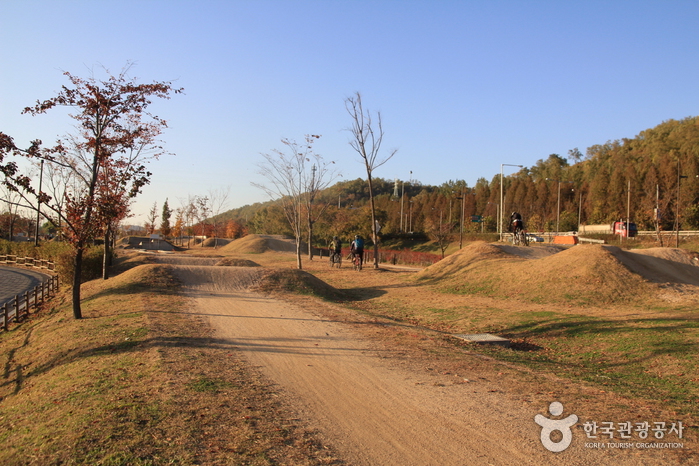
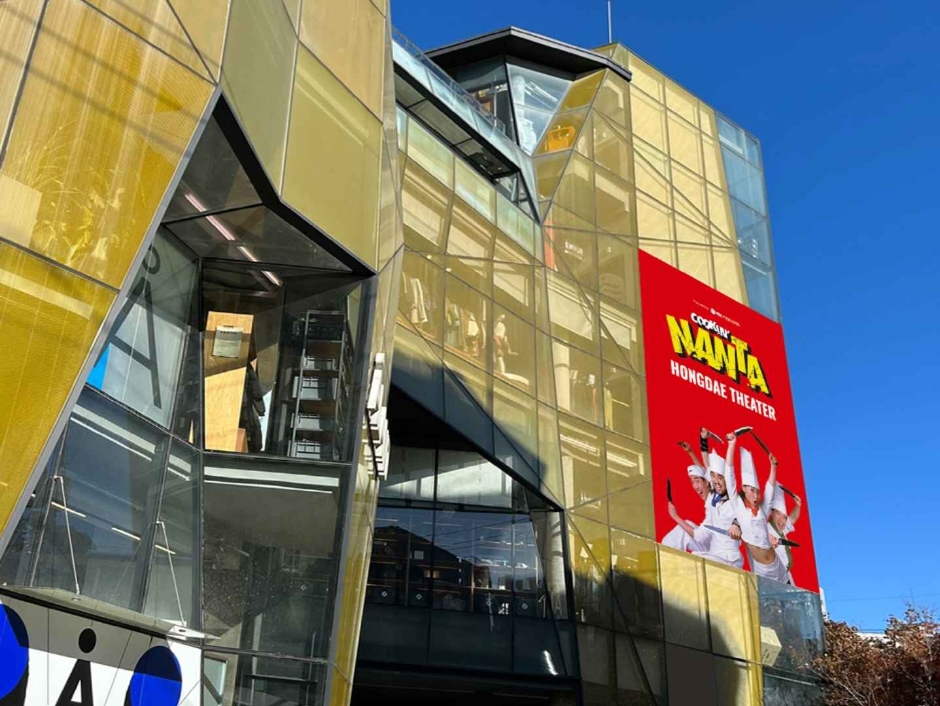
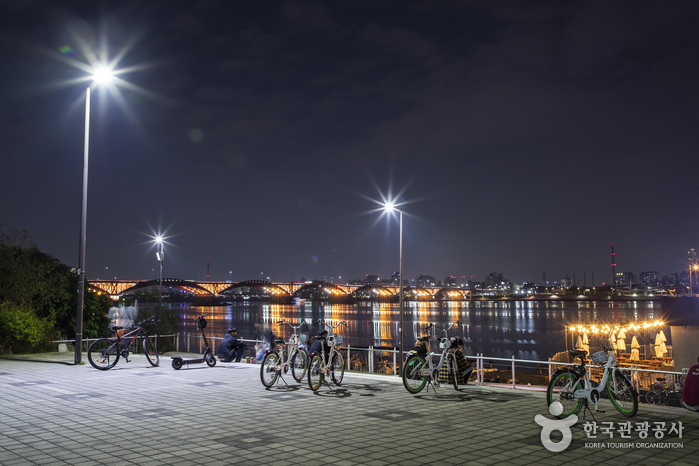
 Español
Español
 한국어
한국어 English
English 日本語
日本語 中文(简体)
中文(简体) Deutsch
Deutsch Français
Français Русский
Русский